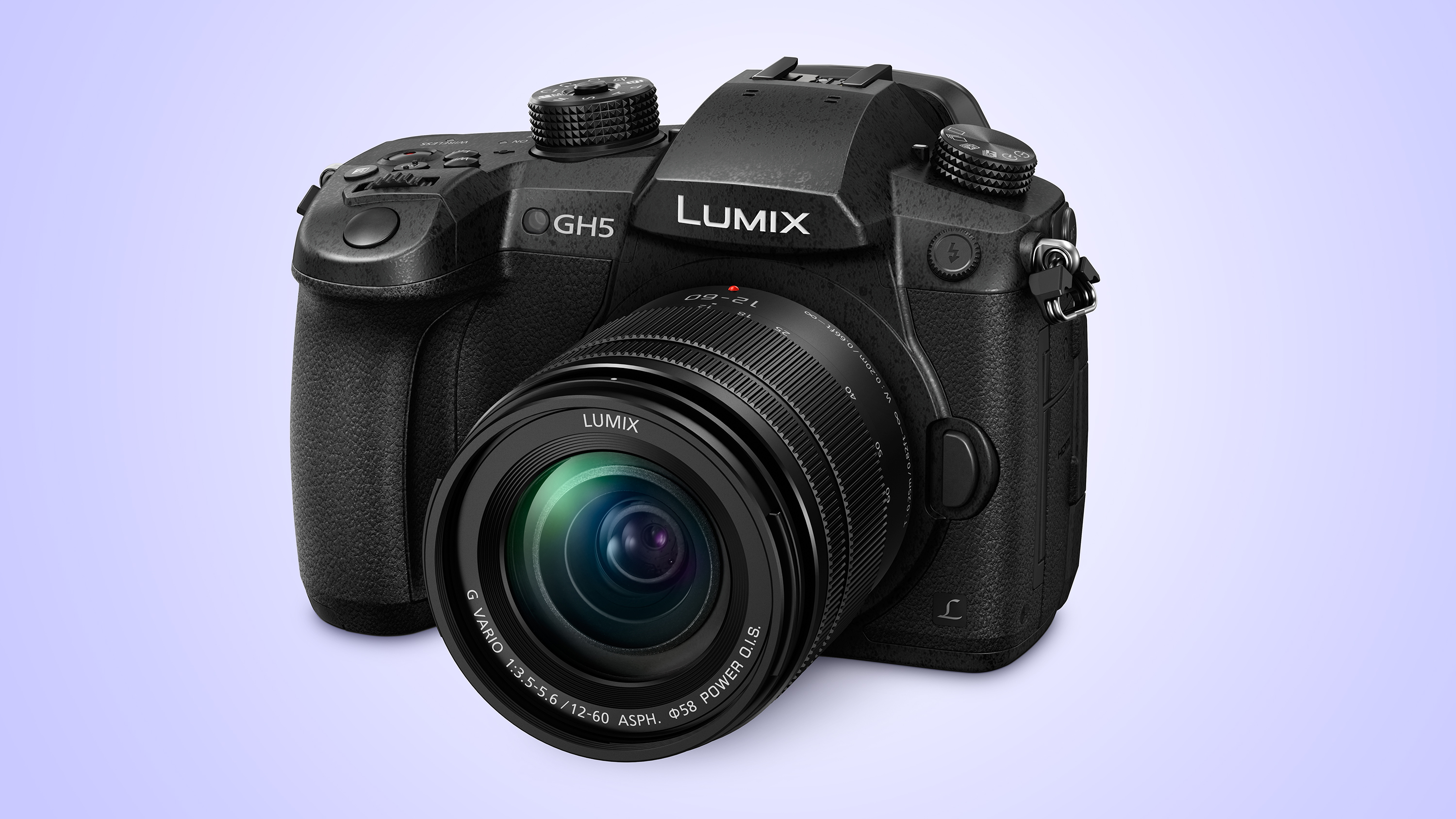Panasonic GH5: full specs and release date confirmed
Was it worth the wait?

Panasonic teased us during last year’s Photokina show with a handful of details about a new Lumix GH5 compact system camera. And now, just ahead of CES 2017 in Las Vegas, the company has confirmed the full range of specs and the release date for its flagship model.
The GH5’s main focus is 4K video recording, and this is supported by a wealth of functionality. Once again we get DCI 4K (3840 x 2160 pixels) and UHD 4K recording 4K DCI (4096 x 2160 pixels), although the big news is that it can record 4:2:2 10-bit 4K video internally at 30p, and 8-bit 4:2:0 footage when recording at 50/60p.
Forthcoming firmware updates, meanwhile, will also add Full HD 4:2:2 10-bit recording, as well as 4K 4:2:2 10-bit All-Intra recording at 400Mbps, in 30p, 25p and 24p options among other niceties.
The camera is also notable for having a full-size HDMI port around its side, in place of the microHDMI port featured on the GH4, and no time limitation on recording footage internally. Users have the choice of MOV, MP4, AVCHD Progressive and AVCHD options as before, as well as Cinelike D and Cinelike V gamma profiles, although you have to pay extra for a V-LogL option should you want this too.
Other pro-grade video options include Waveform Monitor and Vector Scope, features designed to measure luminance and colour in the scene but not typically offered on cameras of this level. Users can also call upon colour bars that comply with SMPTE, EBU and ARIB standards, and append time code to footage.
6K Photo

In addition to 4K Photo option, which allows 4K (8MP) images to be extracted from videos, Panasonic has also furnished the camera with a 6K Photo option, which can pull out images at a resolution equivalent to 18MP.
All of this is recorded with a 20.3MP Micro Four Thirds Live MOS sensor, one that’s said to be different to the one in the recent Lumix GX8. Like that camera it also does away with its optical low-pass filter for better detail, and works with an upgraded version of its long-standing Venus processing system.
Get daily insight, inspiration and deals in your inbox
Sign up for breaking news, reviews, opinion, top tech deals, and more.
As with other recent Lumix cameras, such as the Lumix G80, the GH5 also arrives with the Dual IS Mark II system, which combines five-axis image stabilisation from the sensor with two-axis stabilisation from the optic, with a maximum compensatory effect of 5EV stops. Usefully, this setup also means you can use the sensor-based stabilisation system alone in conjunction with non-stabilised lenses, something that wasn’t possible on the GH4.
Panasonic has been generous enough to revamp much of the GH4’s feature set for the new model, and the EVF and LCD are two examples. Not only has the EVF’s resolution jumped from 2.36 million dots to 3.7 million dots here, but magnification also now stands at 1.52x – equivalent to 0.76x in 35mm terms. Similarly, the 3.2-inch LCD screen, which adjusts around a hinge at its side and responds to touch, now boasts a high 1.62 million-dot resolution.
The GH5’s weather-resistant body makes use of magnesium alloy for solidity, and features a shutter that’s rated to 200k actuations. It’s also now gained a secondary SDHC/SDXC card slot, together with support for the latest UHS-II standard, although if you want to go cable-free you’ll be pleased to know that Panasonic has enhanced its Wi-Fi functionality, and thrown in Bluetooth Low Energy to maintain connection to smart devices.
Other features include a Light Speed AF system with Depth From Defocus (DFD) technology, which promises focus in as little as 0.05 seconds. The same Post Focus feature we’ve seen before, which enables you to select the point of best sharpness in an image post-capture, has also made the cut.
The GH5 will be available in March in body-only and kit options, the latter offered with both the existing 12-60mm f/3.5-5.6 Lumix G Vario Power OIS and the new Leica DG Vario-Elmarit 12-60mm f/2.8-4. A new DMW-BGGH5 battery grip will also be made available.